Goats
All Goats Content
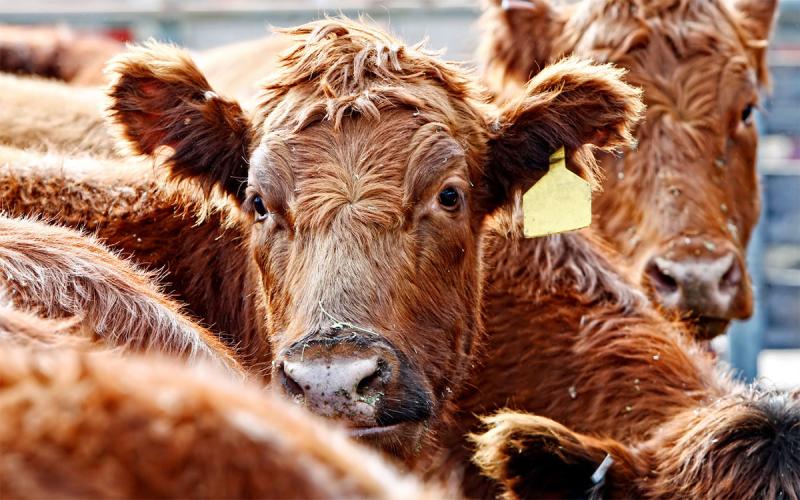
Livestock
South Dakota is home to a dynamic livestock industry.
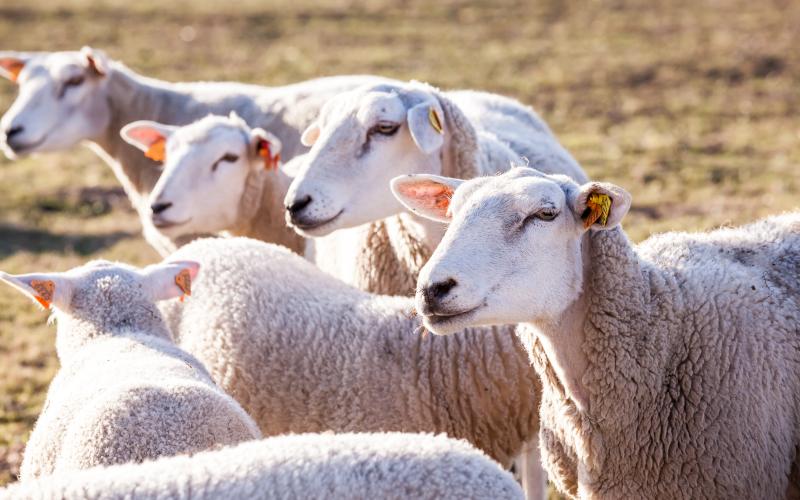
Sheep & Goats
South Dakota ranks sixth nationally in sheep and wool production. And the industry is growing.
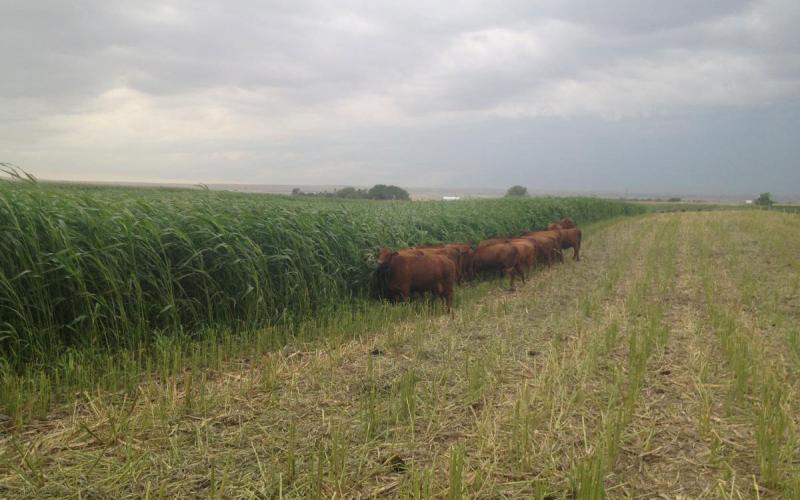
Prussic Acid Poisoning
As the first frost date approaches, producers often have concerns about the risk of prussic acid poisoning in livestock. Certain forage plants, especially sorghums and related species are associated with an increased risk of death loss because of prussic acid poisoning.
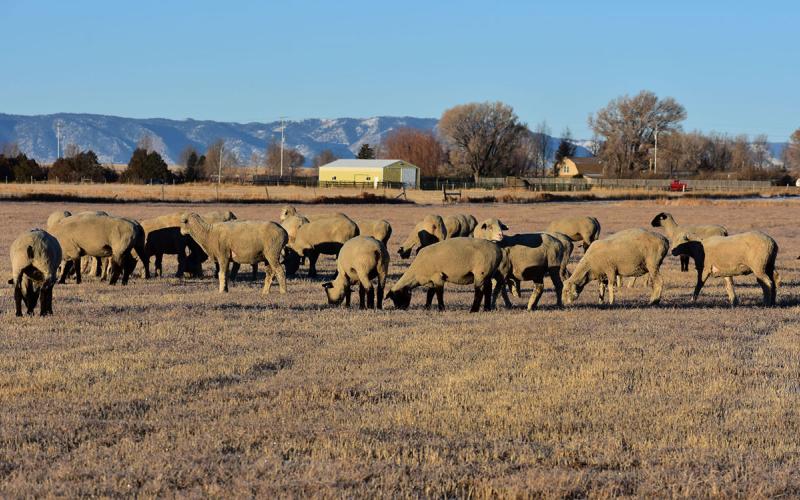
Using Livestock to Promote Healthy Rangelands
Fact sheet about using livestock to promote healthy rangelands
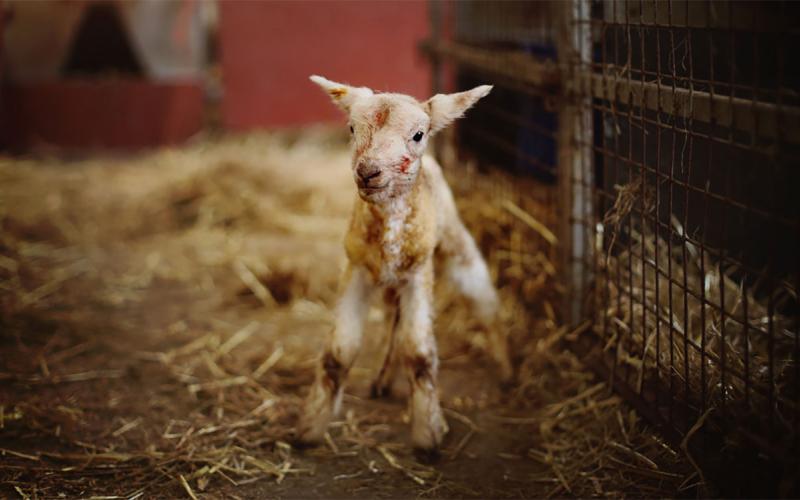
Navel Dips for Lambs and Kids
Treating umbilical cords with a navel dip at birth is recommended to ensure a healthy start for lambs and kids and preventing the occurrence of navel (joint) ill.
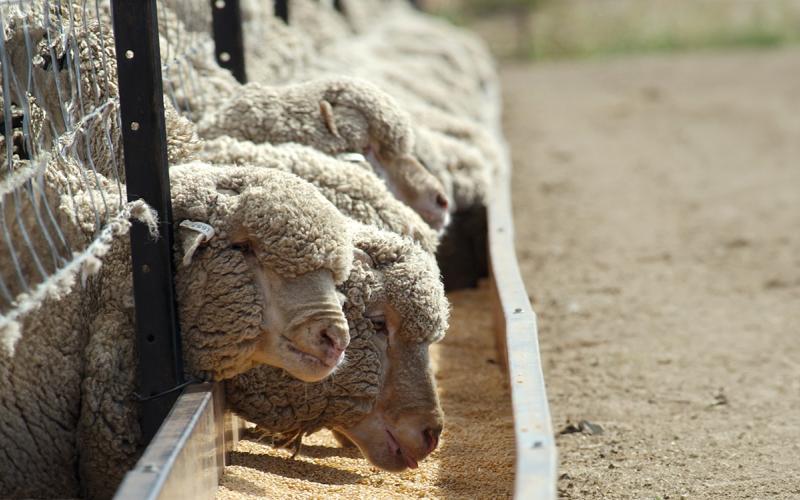
Waterbelly in Small Ruminants
Waterbelly (urolithiasis or urinary calculi) is a concern in male sheep and goats on high-concentrate rations. Knowing its symptoms, forms, and prevention strategies can help you make the best decisions for your flock.
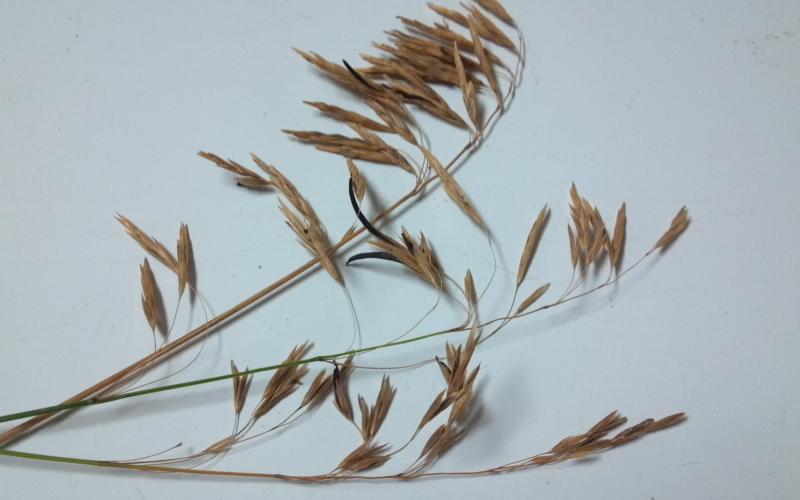
Ergot: A Potential Livestock Poisoning Problem
Cool, damp weather followed by warmer temperatures favors grasses becoming infected with ergot bodies, which can cause a certain kind of poisoning that can affect cattle on pasture.

How to Trim Sheep and Goat Hooves
Guide on how to trim sheet and goat hooves
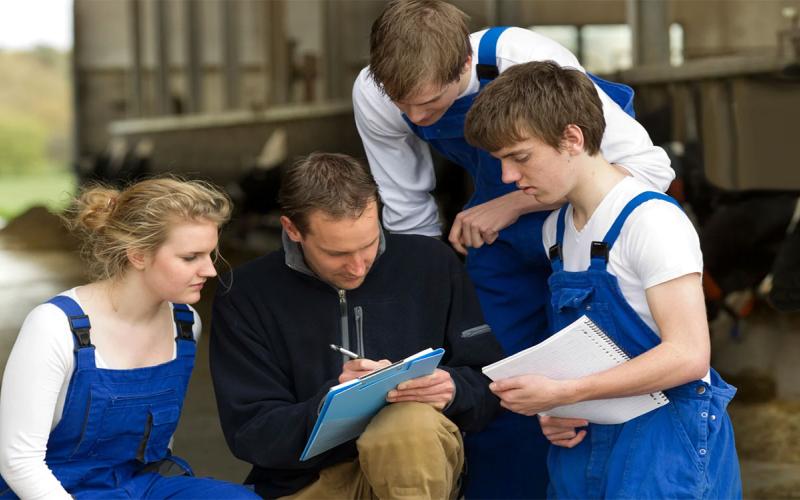
Producing Safe Food Means On-Farm Antimicrobial Stewardship
Antibiotic stewardship and residue prevention programs can help establish trusting relationships with end users by ensuring safe, wholesome meat or dairy products on your farm.
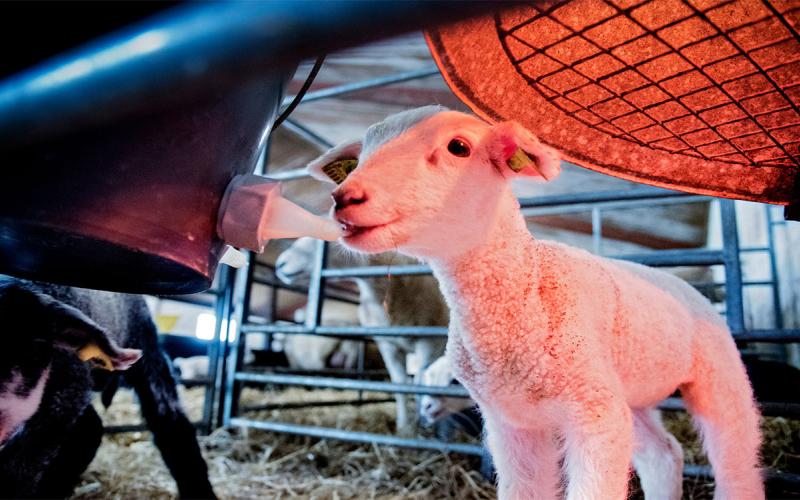
Electrical Safety in the Barn
From heat lamps to extension cords, learn some important fire safety considerations when electricity is used to warm up your barn during lambing and kidding season.